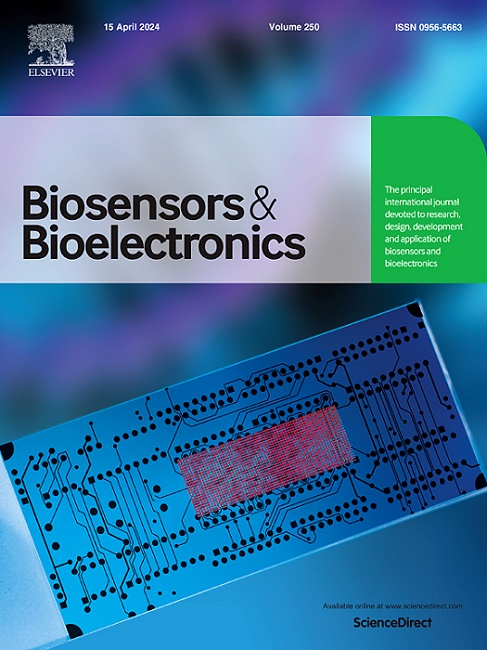Machine learning and statistical classification in CRISPR-Cas12a diagnostic assays
IF 10.7
1区 生物学
Q1 BIOPHYSICS
引用次数: 0
Abstract
CRISPR-based diagnostics have gained increasing attention as biosensing tools able to address limitations in contemporary molecular diagnostic tests. To maximize the performance of CRISPR-based assays, much effort has focused on optimizing the chemistry and biology of the biosensing reaction. However, less attention has been paid to improving the techniques used to analyze CRISPR-based diagnostic data. To date, diagnostic decisions typically involve various forms of slope-based classification. Such methods are superior to traditional methods based on assessing absolute signals, but still have limitations. Herein, we establish performance benchmarks (total accuracy, sensitivity, and specificity) using common slope-based methods. We compare the performance of these benchmark methods with three different quadratic empirical distribution function statistical tests, finding significant improvements in diagnostic speed and accuracy when applied to a clinical data set. Two of the three statistical techniques, the Kolmogorov-Smirnov and Anderson-Darling tests, report the lowest time-to-result and highest total test accuracy. Furthermore, we developed a long short-term memory recurrent neural network to classify CRISPR-biosensing data, achieving 100 % specificity on our model data set. Finally, we provide guidelines on choosing the classification method and classification method parameters that best suit a diagnostic assay's needs.
求助全文
约1分钟内获得全文
求助全文
来源期刊

Biosensors and Bioelectronics
工程技术-电化学
CiteScore
20.80
自引率
7.10%
发文量
1006
审稿时长
29 days
期刊介绍:
Biosensors & Bioelectronics, along with its open access companion journal Biosensors & Bioelectronics: X, is the leading international publication in the field of biosensors and bioelectronics. It covers research, design, development, and application of biosensors, which are analytical devices incorporating biological materials with physicochemical transducers. These devices, including sensors, DNA chips, electronic noses, and lab-on-a-chip, produce digital signals proportional to specific analytes. Examples include immunosensors and enzyme-based biosensors, applied in various fields such as medicine, environmental monitoring, and food industry. The journal also focuses on molecular and supramolecular structures for enhancing device performance.
 求助内容:
求助内容: 应助结果提醒方式:
应助结果提醒方式:


